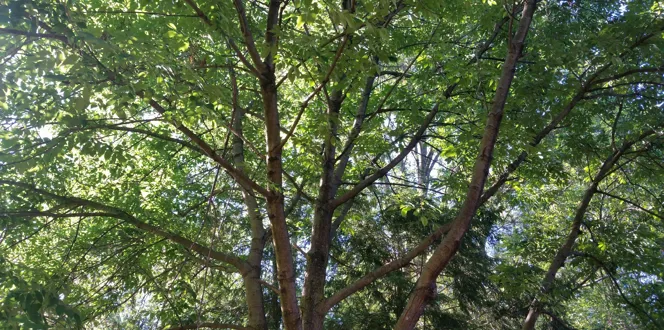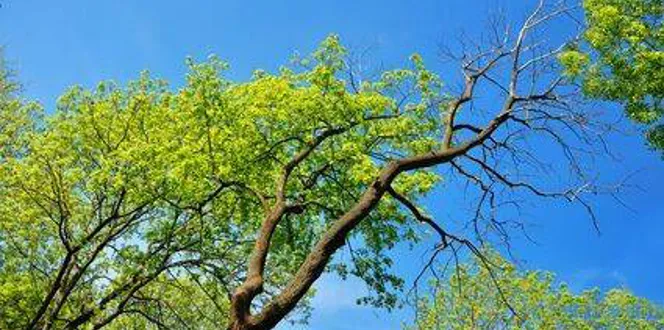It has been nearly two decades since the emerald ash borer (EAB) was first spotted in the U.S., and the beetle hasn't slowed down since. EAB has affected millions of ash trees in more than 30 states and provinces.
Once EAB is in your area, you know you need to do something with your ash trees, but the question is what.
Michael S., a Davey blog reader, asked, “What do you recommend for me to save my ash tree? What are the expected costs now and in years to come? And, how long will I need to have it treated and how often?”
Find the answer and insights on what to do with your ash tree below.
Can ash trees be saved from emerald ash borer?
In many cases, yes. Ash conservation efforts are stronger than ever, and treatment options are available to protect trees.
In fact, when applied correctly, EAB treatment is 85 to 95 percent effective. For that to happen, ash trees need to be in generally good health, structurally sound, and treated at the right time and in the right way by a certified applicator.
What treatment options are there for emerald ash borers?
There are four EAB treatment options: soil injection, trunk injection, bark spray or canopy spray.
Used most often, soil and trunk injections get to the root of the problem by targeting the borers tunneling inside the tree. Bark and canopy sprays are applied straight on the tree and soaked in through the trunk and branches.
How do I know if I should treat my tree?
First, check if EAB is in your area. If it is, the borers will begin to kill ash trees within a few years–unless you treat and preserve your ash trees.
That’s why you should decide if you want to treat your ash trees as soon as EAB is found in your area. When you proactively manage EAB, you vastly improve the chances of your trees surviving.
To decide if you should treat your tree, first have a certified arborist inspect it and determine if it’s a good candidate for preservation. They’ll ensure your tree isn’t suffering from any other pre-existing conditions, and they’ll also discuss if your ash tree is valuable enough to treat. If your ash tree is in poor health or small, it may be best to remove it and start fresh.
Should I cut down my ash tree or can it be saved?
Of course, we always want to be able to save our trees, but there are times when removal may be the best route.
For EAB-infested trees, you’ll need to consider the tree’s health and value as well as the price of treatment.
The first step is simple. Just look at your tree. An ash tree that has lost more than half of its leaves because of EAB should likely be removed, according to USDA research. But a tree with most of its canopy could be a good candidate for treatment.
Next, weigh the cost of treatment versus the value of the tree. Think about the tree's location, contribution to the landscape and its sentimental value to decide if treatment is worth it.
And if you’re on the fence, check out this list of the best replacement trees for ash to see if any catch your eye.
How much does it cost to treat emerald ash borer?
The cost of EAB treatment can vary quite a bit because it depends on the size of the tree and the type of treatment. One thing that's consistent, however, is the frequency of treatment. Infected trees have to be re-treated every one or two years as long as EAB is active in your area.
Your local arborist can give you an estimate of costs for your particular tree. As long as your tree is deemed a good candidate for preservation, EAB treatment does work





